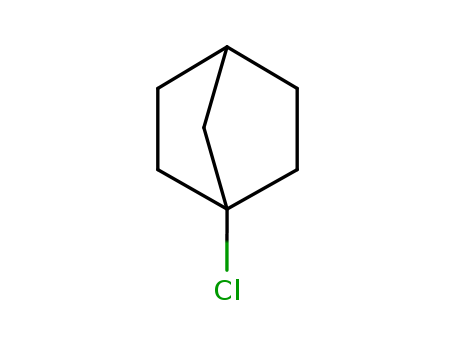- Chemical Name:1-Chlorobicyclo[2.2.1]heptane
- CAS No.:765-67-3
- Molecular Formula:C7H11 Cl
- Molecular Weight:130.617
- Hs Code.:
- European Community (EC) Number:212-152-7
- NSC Number:96382
- DSSTox Substance ID:DTXSID1061100
- Nikkaji Number:J125.040J
- Wikidata:Q81989315
- Mol file:765-67-3.mol
Synonyms:1-Chloronorbornane;1-Chlorobicyclo[2.2.1]heptane;Norbornane, 1-chloro-;765-67-3;Bicyclo[2.2.1]heptane, 1-chloro-;Norbornane, chloro-;Norcamphane hydrochloride;1-Chlorobicyclo(2.2.1)heptane;EINECS 212-152-7;Bicyclo(2.2.1)heptane, 1-chloro-;NSC 96382;C7-H11-Cl;30899-14-0;norbornyl chloride;NSC96382;C7H11Cl;SCHEMBL9188370;1-Chlorobicylo[2.2.1]heptane;DTXSID1061100;NSC-96382





